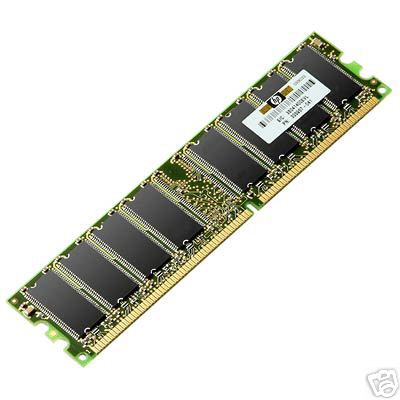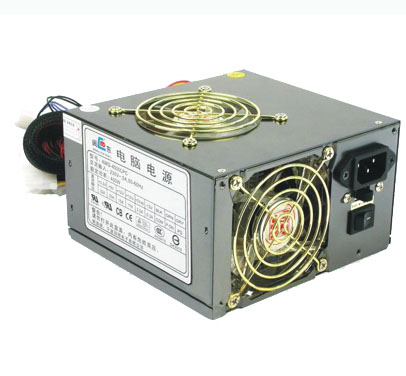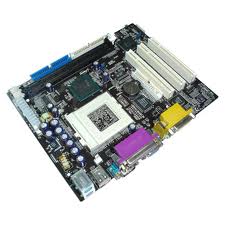There can be dozens and dozens (ok, maybe just a few realistically) of problems that cause your computer to shutdown, or just freeze which then begs for you to reboot or shutdown your computer, which I’ll try and do an overview here. If you have anything to add, I’d love to hear from you also.
- Faulty memory. Possibly one of the quickest things to check is the memory. When computer problems start, and I’m unsure where to start, I always have a memtest 86 bootable cd ready to run. If you go to their website you ‘ll find how to run it, but basically you burn their program onto a cd, put it in the cd/dvd drive, reboot your computer, and if the boot sequence of your bios is set to boot your cd/dvd drive first, memtest 86 will automatically run. It has a blue screen and will run through various tests to ensure the memory is working 100%. If you see red, your memory is faulty. (ps. memory are the sticks that look like long crackers on your motherboard)

- Power supply failure. This would usually cause your computer to reboot, rather than freeze, but if your power supply cannot supply enough power to all the components of the computer, it can drop below required levels and cause extremely funny reactions to occur. This can include any combination, but not be limited to the following: rebooting, freezing, certain devices not working at all, and unable to power on computer.

- Motherboard or processor failure. This is the hardest one for me to diagnose. The problem can be intermittent, or it can not allow your computer to start at all. One good way to know whether its the power supply or the motherboard causing your system to not turn on is by looking at the LED on the motherboard to indicate power is being supplied. If that’s not on (remember the power supply must be turned on and plugged into the motherboard) then it’s probably the power supply. If it is on, what I find works best is through a process of elimination. Start with removing one component, the try booting, then another, until you finally have either a booting computer, or still a dead computer. You can technically start your computer without a hard drive, cd/dvd drive connected to it and it will still show you the bios screen. You’ve already eliminated the memory with memtest86 described above, so what you’re left with is the processor and the motherboard.

If you have any other symptoms, or questions about a problem you’re having, please feel free to post them here.